Feeding Your Cinnamon Cockatiel: A Comprehensive Diet Guide
Learn to nourish your Cinnamon Cockatiel correctly with our comprehensive diet guide. From parrot mix to fruits, caloric needs, we have it all!
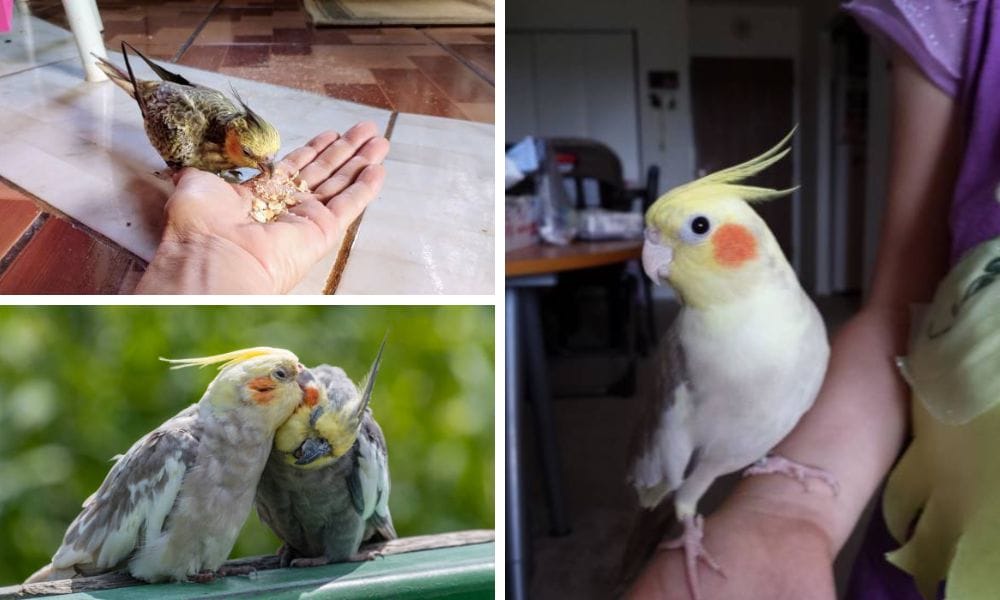
Cinnamon Cockatiels are a captivating variety of the cockatoo family, known for their unique coloring and charming personalities. As a proud mom or dad to one of these feathered friends, it's crucial to understand their dietary needs to keep them healthy and happy. This comprehensive guide will walk you through the essentials of feeding your cockatiel, ensuring they get all the nutrients they need.
Key Takeaways:
- Understanding the dietary needs of cinnamon cockatiels is crucial for their health and longevity.
- A balanced diet for a cockatiel includes a mix of seeds, pellets, fruits, vegetables, and occasional treats.
- Regular monitoring and adjustments to the diet are necessary to prevent nutritional deficiencies and obesity.
The Cinnamon Cockatiel: A Brief Overview
Cinnamon cockatiels, part of the parrot family, are a color mutation of the grey cockatiel. They exhibit a warm, chocolate brown color instead of the typical grey, with a pale yellow face and yellow barring on the tail and wings. This mutation is known as a sex-linked recessive mutation, which can make sexing cockatiels of this variety a bit more challenging for bird breeders and cockatiel owners alike, especially since a cinnamon pearl can still resemble a normal cinnamon during the molting process.

Unique Dietary Needs of Cinnamon Cockatiels
Cinnamon cockatiels, like all cockatiel species, require a balanced diet to maintain their health. Their diet should consist of a variety of foods to ensure they receive all the necessary vitamins and minerals. Bird enthusiasts should note that cinnamon cockatiels may have slightly different nutritional needs than other mutations due to their unique coloring.
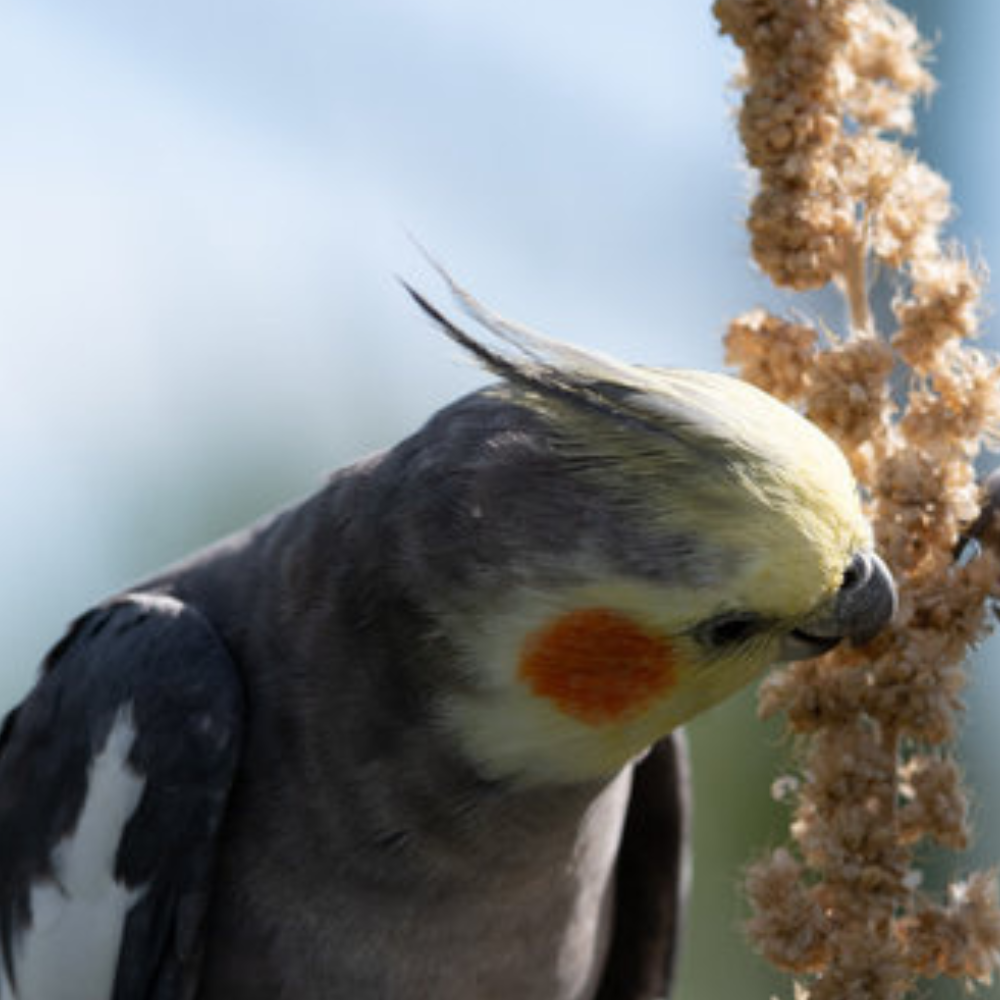
Seeds: The Basic Diet Staple
Seeds are a traditional food for most pet birds, including cinnamon cockatiels. However, seeds should not be the sole component of their diet. A mix of seeds can provide essential nutrients, but they are typically higher in fat and can lead to obesity if not balanced with other foods. It's best to offer a seed mix as part of a varied diet.

The Role of Pellets in a Cockatiel's Diet
Pellets are formulated to provide a balanced diet for birds and are an excellent base for your cinnamon cockatiel's diet. They contain the right proportions of nutrients that a cockatiel needs and can help prevent selective eating, a common issue when feeding a seed-only diet. Pellets should make up a significant portion of your pet's daily intake.
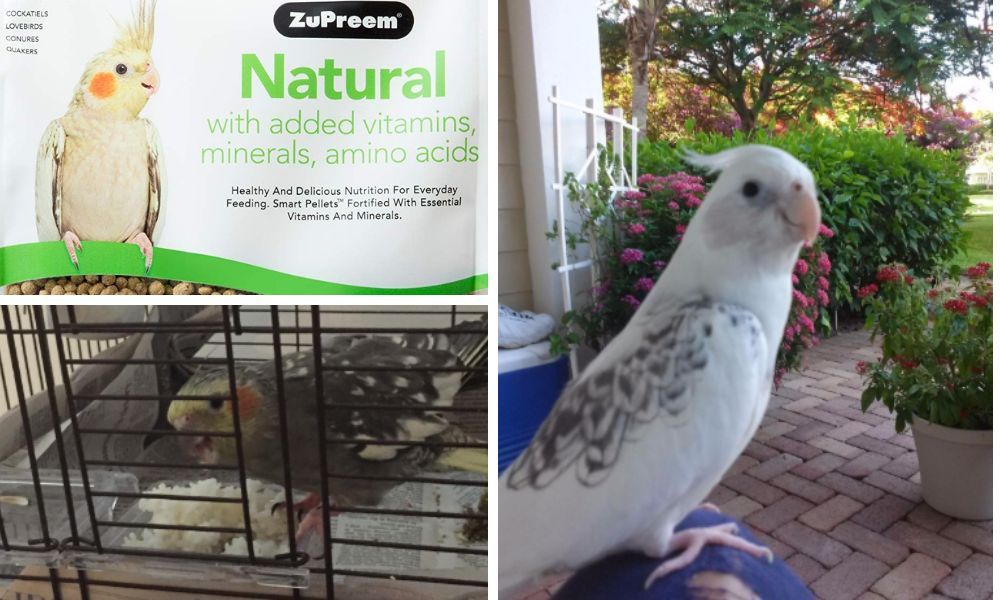
Importance of Fruits and Vegetables
Fruits and vegetables are vital for providing vitamins, minerals, and hydration to your cockatiel. Offer a variety of chopped fruits and vegetables daily. Bright yellow and orange vegetables are particularly beneficial as they are high in vitamin A, which is essential for your bird’s health. Preparing these foods only takes a few seconds.
Hydration and Water Quality
Always provide fresh, clean water for your cockatiel. Water not only keeps them hydrated but also aids in digestion. Change the water at least once a day to prevent bacterial growth, and consider using a water filter to ensure the quality of the water you offer.

Treats and Supplements
Treats can be given in moderation to your cinnamon cockatiel. These can include millet sprays, which are typically a favorite among cockatiels. Supplements may be necessary if your bird's diet is lacking in certain areas, but consult with an avian vet before adding any supplements to their diet.
Avoiding Toxic Foods
Certain foods are toxic to cockatiels and should be avoided entirely. These include avocado, chocolate, caffeine, and alcohol. Also, remove any seeds or pits from fruits, as these can be harmful to your bird.
Monitoring Your Cockatiel's Diet
Regularly monitor your cinnamon cockatiel's weight and eating habits. Adjust their diet as necessary to prevent obesity or nutritional deficiencies. A good practice is to have regular check-ups with an avian vet to ensure your bird's diet is on track.
Understanding Cinnamon Cockatiel Color Variations
Cinnamon cockatiels, including the cinnamon pied cockatiel and the cinnamon pearl cockatiels, are known for their distinct brown pigment which gives them a warm, cinnamon coloring. In the wild, cockatiels live in large flocks, which influences their social behavior. This color mutation is a sex-linked recessive trait, often making them a typically higher priced variety among pet cockatiels. Their bright yellow face, often accompanied by the signature orange cheek patch, adds to their appeal. The cinnamon mutation affects the overall plumage, turning what would be grey feathers into a light brown or cinnamon shade, which is particularly noticeable after their first molt.

The isabelle cockatiel, another variation, may also display a mix of cinnamon traits. These birds, along with the dominant silver and pastel face varieties, showcase the fascinating diversity within the species. When considering pictures or descriptions of cockatiels, it’s important to note that females often have more subtle coloration compared to males. This is especially true for cinnamon pearl cockatiels, where the males may lose their pearling after the first molt, leaving the females with a more intricate pattern of feathers.
The Genetic Marvel of Cinnamon Pearl Cockatiels
Cinnamon pearl cockatiels are a testament to the beauty that genetics can weave into our pet birds. These charming creatures are the result of a sex-linked recessive mutation, which gives them a distinctive appearance that sets them apart from their standard cinnamon counterparts. Their feathers exhibit a delicate pattern that resembles pearls strewn across a warm, cinnamon base, creating a mesmerizing effect. This mutation is not just a visual delight but also a fascinating topic for those interested in avian genetics. Cinnamon pearl cockatiels make wonderful companions due to their affectionate and intelligent nature.
Unlike the more common grey or lutino varieties, cinnamon pearl cockatiels often have a softer, more muted color palette. This can make them particularly attractive to pet owners looking for a unique bird to join their family. It’s important to note that the pearl patterning can sometimes fade as the bird matures, especially in males. This transformation can be a surprise to new owners, so understanding the genetic implications of the breed is crucial when selecting your feathery companion.
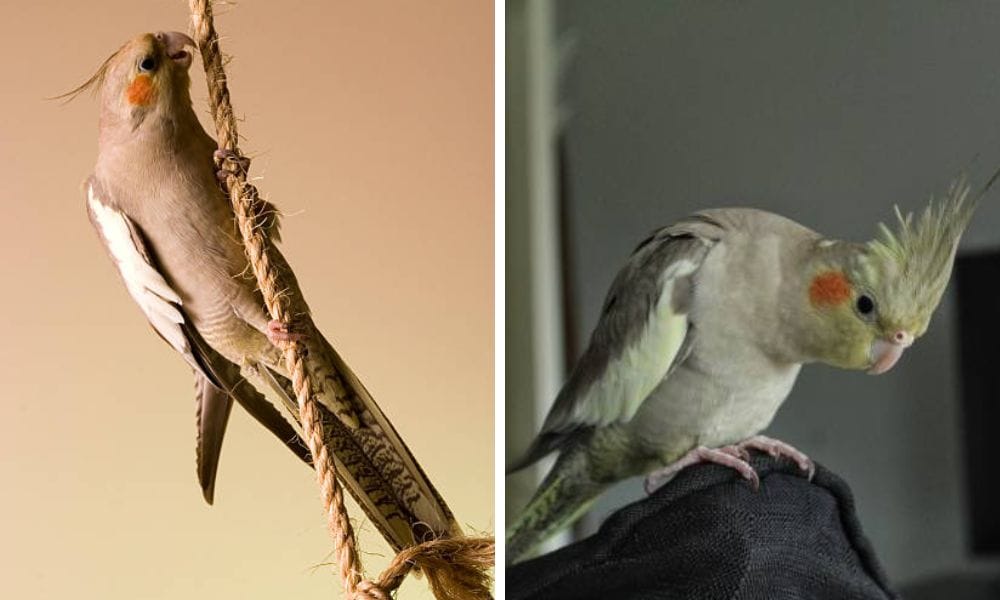
The Intricacies of Cinnamon Cockatiel Genetics
Cinnamon cockatiels are not just a delight to the eye, but they're also a fascinating example of avian genetics at play. The warm, cinnamon-brown coloring of their feathers is the result of a sex-linked recessive mutation. This means that the gene responsible for this color variation is located on the sex chromosomes. In cockatiels, as in many birds, females have two different sex chromosomes (ZW), while males have two of the same (ZZ). For a female to display the cinnamon coloration, she only needs to inherit the mutation from one parent. However, males must receive the recessive gene from both parents to exhibit the trait, making cinnamon males less common than females.
Understanding the genetic makeup of your feathered friend is not just for the scientifically curious. It's also practical for breeders who aim to produce cinnamon cockatiels. The sex-linked recessive mutation can be tracked through generations, allowing breeders to predict the likelihood of the offspring displaying this beautiful coloration. For the casual owner, this knowledge enriches the description cockatiels receive when sharing about their pet's unique attributes. It's a conversation starter and an educational opportunity to delve into the world of genetics, even if it's just over a cup of coffee with fellow parrot enthusiasts.
Cinnamon Cockatiels: A Rarity in Nature
Cinnamon cockatiels, with their muted brown feathers and red eyes, are a testament to the diversity found within parrots. This particular mutation is not commonly found in the wild, as it is a sex-linked recessive trait that requires specific breeding conditions to be expressed. In the vast Australian landscapes where wild cockatiels roam, the typical grey plumage is predominant, offering better camouflage and survival advantages. The cinnamon mutation, while beautiful, can make these birds more conspicuous to predators, which is why it's a rarity in natural settings.
However, in captivity, these birds have gained popularity among parrot lovers for their unique appearance. Breeders have worked to understand and propagate the cinnamon trait, leading to a steady presence of these birds in the pet market. The description cockatiels like these receive often highlights their rarity and the special care that went into their breeding. It's a point of pride for owners and breeders alike to have a cinnamon cockatiel in their aviaries, as it showcases the beauty that can arise from a deep understanding of parrot genetics and careful selective breeding.

Cinnamon Cockatiels and Their Place Among Parrot Breeds
When it comes to the vast array of parrot breeds, cinnamon cockatiels hold a special place. Their gentle demeanor and striking features make them a popular choice among pet bird enthusiasts. The cinnamon mutation affects the color of the feathers, reducing the grey pigment and resulting in a warm, brownish hue. This mutation can occur in various cockatiel types, including those with white faces or lutino characteristics, showcasing the diverse potential within the breed.
Cinnamon cockatiels are often bred with other mutations to create even more visually stunning birds. For instance, when combined with the white-faced mutation, the result is a bird with a dramatic contrast between its cinnamon-colored plumage and a stark white face, devoid of the typical orange cheek patches. Breeders who specialize in these birds take great pride in their work, and the cinnamon pearl cockatiel is a shining example of their dedication to enhancing the beauty and diversity of these beloved pet birds.

Cinnamon Cockatiels in the Pet Market
Cinnamon cockatiels are among the most popular pet birds found in pet stores and bird stores due to their gentle nature and striking appearance. They are considered hardy birds, making them good pets for both novice and experienced bird owners. When searching for a pet cockatiel, the cinnamon varieties, such as the cinnamon pied and cinnamon pearl, are often sought after for their unique beauty. However, these birds can be more expensive due to their color mutations and the fact that they are typically higher priced than the more common grey cockatiels.
When looking to sex cockatiels, especially the cinnamon varieties, it's important to remember that some visual cues can be misleading. For instance, the bright yellow face and orange cheek patch can appear in both sexes, although typically more vibrant in males. Breeders like Barbara Rost have noted that the best bet for accurately sexing these birds is through genetic testing or waiting for behavioral cues, which can be observed over long periods. Additionally, for those who prefer a tamer bird, some owners opt to have their cinnamon cockatiel's wings clipped, although this should be done with care and consideration for the bird's well-being.
The Impact of Diet on Cockatiel Behavior
Diet can significantly affect cockatiel behavior. A well-fed cockatiel with a balanced diet is more likely to be active, social, and exhibit natural behaviors like mimic sounds. Conversely, a poor diet can lead to health issues and behavioral problems.
Understanding Food Preferences
Each cinnamon cockatiel may have its own food preferences. Pay attention to what your bird enjoys and incorporate those foods into their diet while ensuring they still receive a balanced intake of nutrients.
Seasonal Adjustments to Diet
Your cinnamon cockatiel's dietary needs may change with the seasons. For example, they may require more energy during colder months or when molting. Adjust their diet accordingly to meet these changing needs.
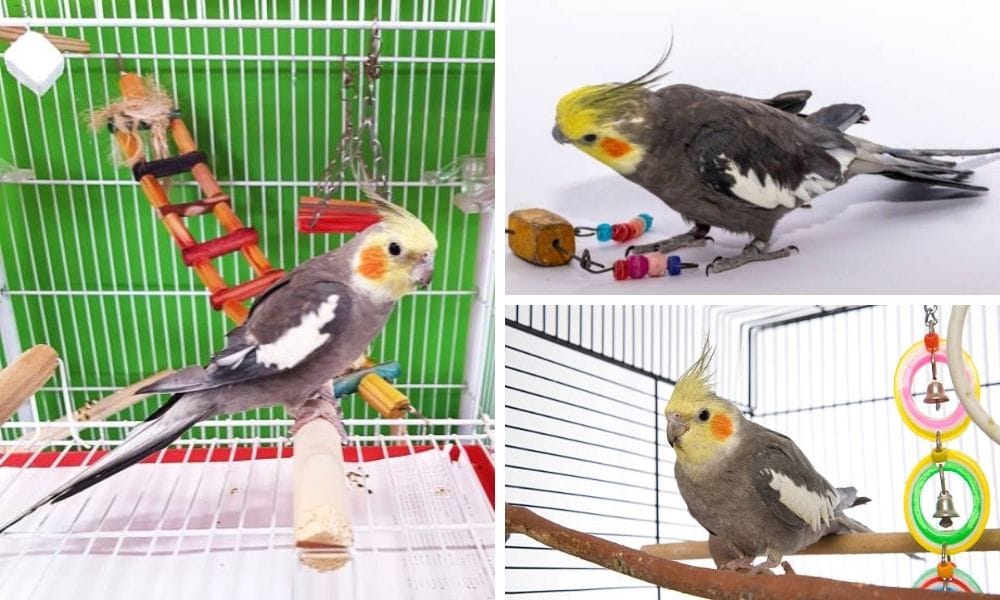
The Importance of Foraging
Foraging is a natural behavior for cockatiels in the wild. Encourage this behavior in captivity by hiding food in their cage or providing foraging toys. This not only stimulates their mind but also provides physical exercise.
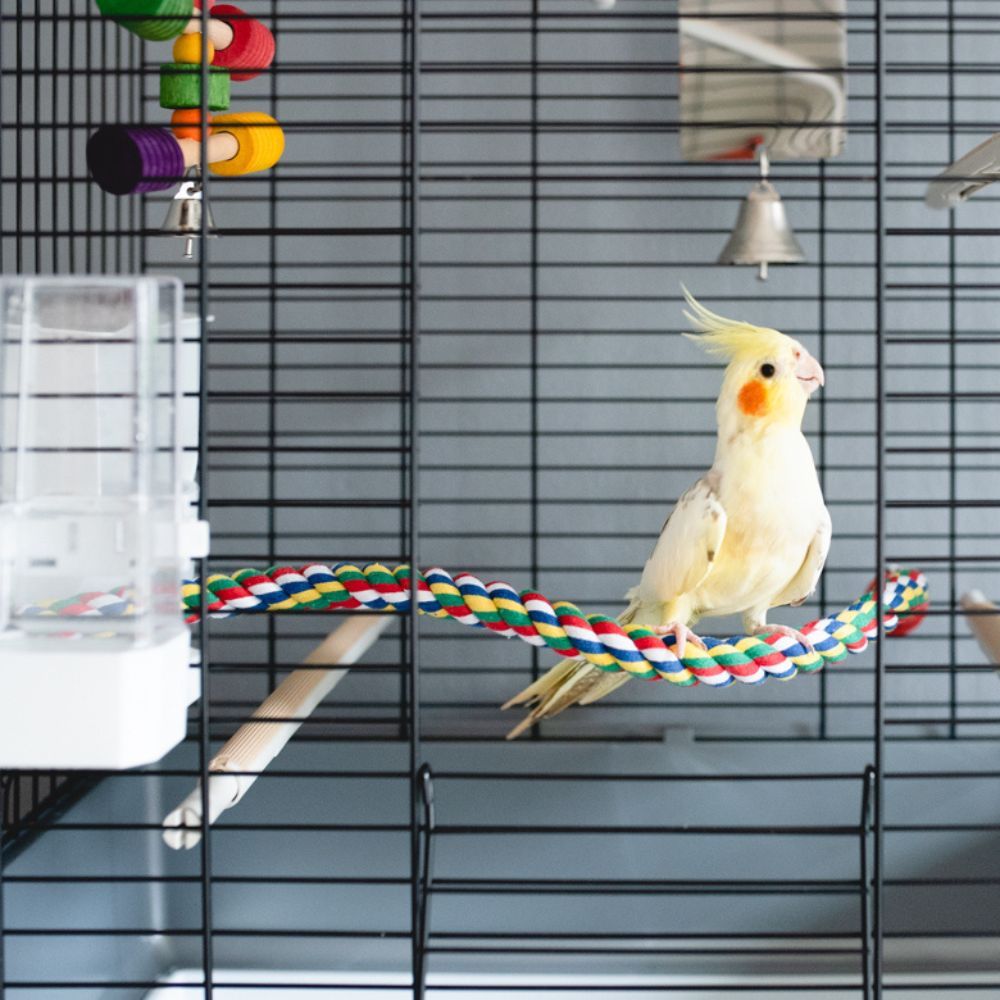
Feeding Young Birds and Hatchlings
Young birds and hatchlings have different dietary requirements than adult cockatiels. They need a high-protein diet to support their rapid growth. Consult with a vet or an experienced breeder for advice on feeding baby cinnamon cockatiels.

Common Dietary Mistakes to Avoid
Avoid overfeeding your cinnamon cockatiel, as obesity is a common health issue in pet birds. Also, do not rely solely on a seed diet, as this can lead to nutritional imbalances. Be mindful of the portion sizes and variety of foods you offer.
Transitioning to a New Diet
If you need to transition your cinnamon cockatiel to a new diet, do so gradually. Sudden changes can cause digestive upset or refusal to eat. Mix new foods with familiar ones and slowly increase the proportion over time.
Homemade Cockatiel Food Recipes
Consider preparing homemade food for your cinnamon cockatiel. There are many recipes available that can provide a fun and nutritious addition to their diet. Ensure that any homemade food is free of harmful ingredients and additives.
The Social Aspect of Feeding
Cockatiels are social eaters and may enjoy eating with their human family. You can offer safe foods from your plate to your cinnamon cockatiel during meal times, which can strengthen your bond and provide variety in their diet.

When to Consult an Avian Veterinarian
If you notice any changes in your cinnamon cockatiel's eating habits or overall health, consult an avian veterinarian. They can provide guidance on dietary adjustments and rule out any underlying health issues.
Summary
Feeding your cinnamon cockatiel a comprehensive and balanced diet is essential for their well-being. Incorporate a variety of seeds, pellets, fruits, and vegetables, while avoiding toxic foods and common dietary mistakes. Monitor their intake, encourage foraging behavior, and consult with an avian vet as needed to ensure your cinnamon cockatiel thrives.
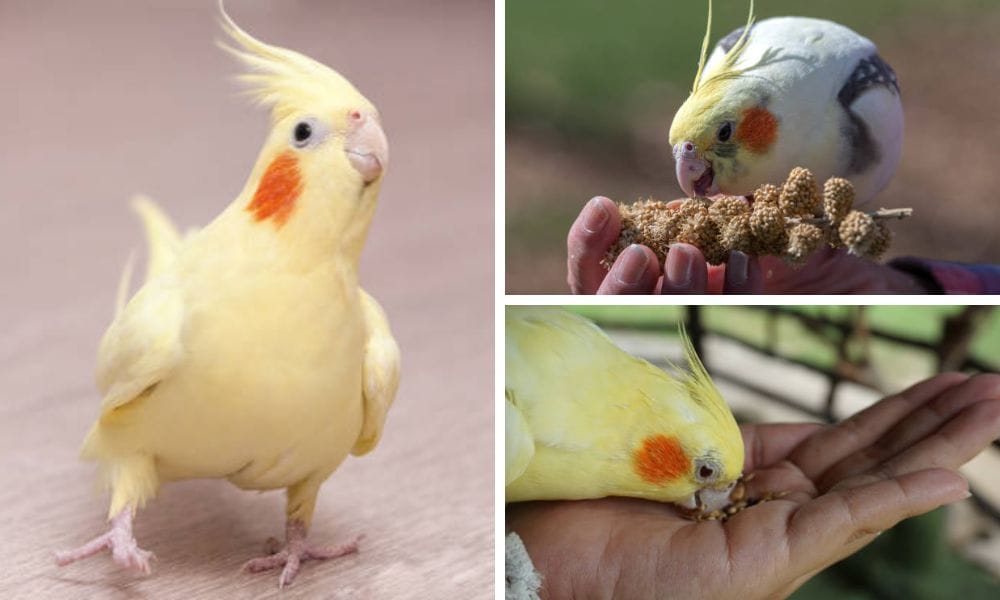
FAQ Section
Q: How often should I feed my cinnamon cockatiel? A: Cinnamon cockatiels should have access to food throughout the day. Fresh fruits and vegetables can be offered daily, while seeds and pellets should be available at all times in their cage.
Q: Can cinnamon cockatiels eat the same foods as other cockatiel mutations? A: Yes, cinnamon cockatiels can eat the same foods as other cockatiel mutations. However, each bird is an individual, and preferences can vary. It's important to monitor their diet and make adjustments as needed.
Q: How can I tell if my cinnamon cockatiel is getting the right nutrients? A: Observe your bird's energy levels, feather quality, and overall health. If you notice any changes or are unsure about their diet, consult with an avian veterinarian for a professional assessment.

